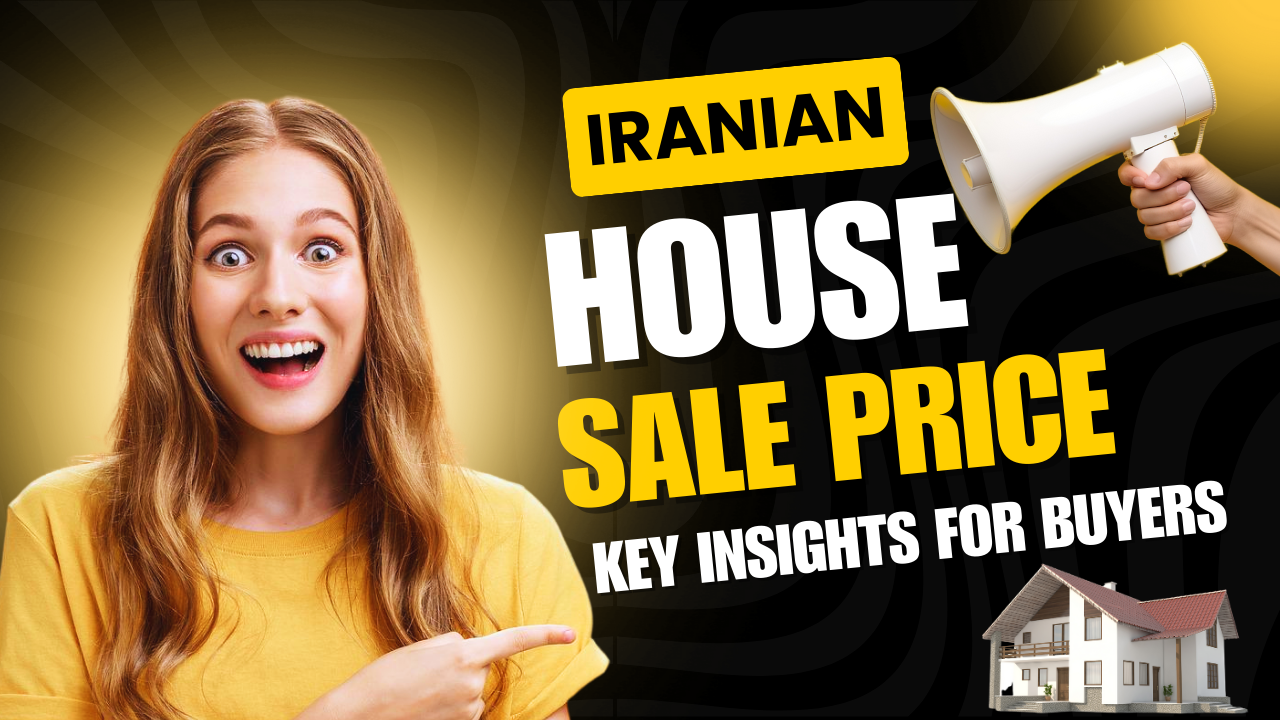Introduction
It can be difficult to navigate the Iranian real estate market, particularly for those who are unfamiliar with local pricing trends or the economic impact. This blog will explore the main insights on Iranian House Sale Price. We’ll also examine how the market, government policies and personal preferences influence the landscape. The article uses real-world statistics, personal experiences, and case studies to offer actionable tips for potential buyers. You’ll have a good foundation for making informed decisions by the time you reach the end.
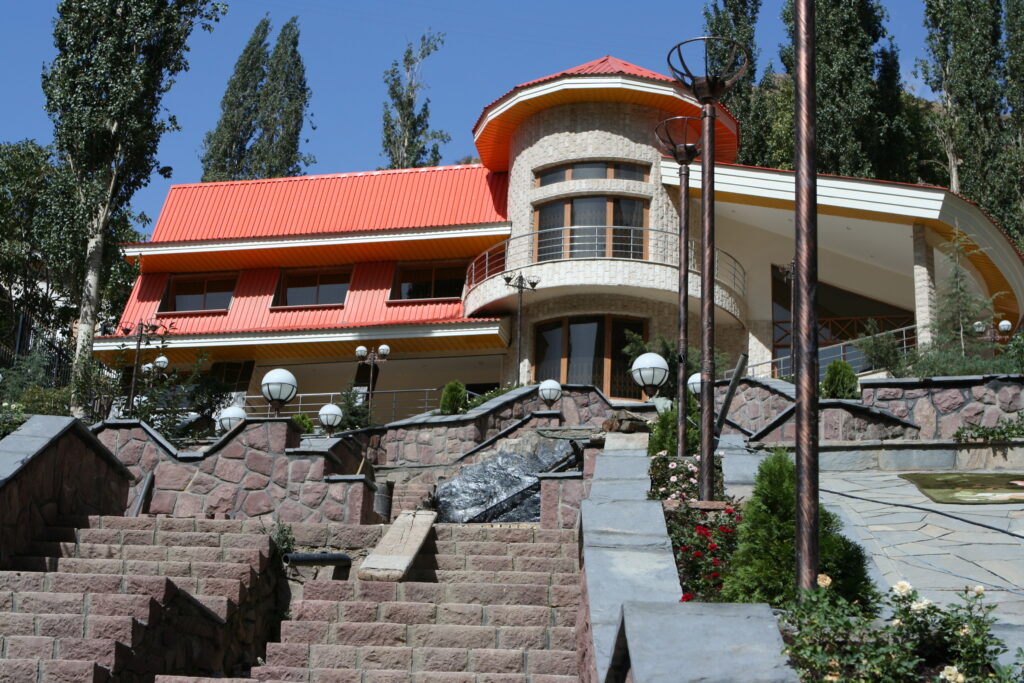
Understanding the Iranian Housing Market
Iranian housing markets are impacted by a unique set of factors, including cultural norms, sanctions and currency fluctuations. The Iranian real estate market has traditionally been viewed as a stable investment, which keeps the market active during economic instabilities.
Recent data shows that housing prices have risen in Tehran over the last decade. The average cost of a square meter per year in Tehran was 500,000,000 IRR ($1,180, based on the current free-market exchange rate) by 2023. Prices tend to drop significantly outside of Tehran. Smaller cities and the rural areas are more affordable choices.
Understanding the difference in price between new construction and older houses is a key factor for home buyers. Newly constructed properties in Tehran are often more expensive, particularly those located in wealthy districts such as Zafaraniyeh or Elahieh. While older homes are cheaper, they may need additional renovations.
Economic Factors Driving House Prices
Iran’s real estate market is heavily affected by macroeconomic factors. Real estate values are directly affected by inflation, which has been a challenge to the Iranian economy for many years. Iran’sIran’s rate of inflation exceeded 40% in 2022. This had a direct impact on construction costs, wages, and property values.
Buyers need to keep an eye on exchange rates. Real estate has become a good hedge against inflation due to the depreciation of the Iranian Rial against other major currencies. Many wealthy individuals invest in property to protect their capital. This drives up the demand.
The case studies of 2021 show how the economic changes ripple throughout the market. One property in central Tehran experienced a 30 per cent increase in its price in six months due to rising costs of building materials such as steel and cement. When planning budgets, buyers should take into account such factors.
Government Policies and Regulations
Iran’s government has a major role to play in Housing and aims to strike a balance between affordability and market growth. The “National Housing Initiative”, a program that aims to offer low-cost housing options for families with middle incomes, is still facing implementation issues.
Understanding these policies as a purchaser can give you an advantage. These projects, which the government backs, offer apartments at prices below market value and flexible payment options. To secure these options, you will need to navigate bureaucratic procedures.
Recent tax reforms that target vacant properties aim to boost the supply. Owners of properties that have been vacant for a long time will now be penalized, which encourages them to rent or sell their property. The policy allows buyers to negotiate better prices on homes that were previously idle potentially.
Cultural Considerations in Home Buying
Iran’s real estate market reflects cultural preferences; traditional family structures and lifestyles are reflected in the design of properties; larger homes which accommodate multiple generations tend to be preferred over smaller properties.
Cities such as Isfahan or Shiraz demand houses with three bedrooms, an expansive living area, and a separate kitchen, as these features are highly valued by homebuyers. Young professionals and newlyweds can opt for modern, smaller apartments located in urban centres.
This trend was perfectly demonstrated when my family and I visited a house in Shiraz. This house was equipped with a spacious courtyard that would be ideal for large family events. The price of the house was slightly higher than my budget, but it was in line with my perfect home for a family. I learned from this experience to prioritize features that reflect my values and culture.
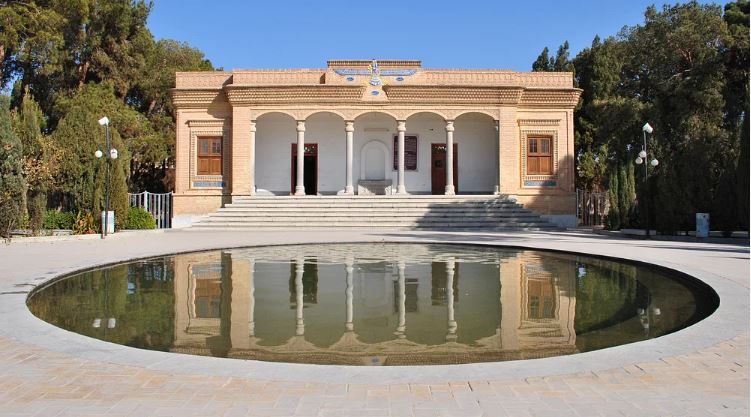
Urban vs. Rural Real Estate: A Cost Comparison
In Iran, the price difference between rural and urban areas is very large. Rural areas offer lower prices than cities such as Mashhad and Tehran but with fewer amenities.
Prices for villas in Gilan, the popular second home destination of northern Iran, can vary from 20 to 100 billion Iranian Rials, depending on their proximity to tourist attractions. A similar property in Tehran’s north Tehran district could cost more than 500 billion IRR.
This disparity allows buyers to evaluate their long-term goals. Are you attracted to rural living or urban convenience? This decision was difficult for me when I considered a second house. In the end, after weighing all of my options, I decided to go with a rural home because it was affordable and had a peaceful environment.
Negotiation Strategies for Buyers
When buying property in Iran, negotiation is an essential skill. Prices are often open for discussion, and informal agreements run the market. Buyers who take time to learn the motivations of the seller usually get better deals.
A case study in 2022 involving an apartment in Qom showed the importance of timing. A buyer decided to wait until the last quarter of the calendar year when the sellers would be more open to negotiating due to the declining demand. They were able to purchase the property for a discount of 15%.
Building a relationship with the seller is important. In one negotiation I tried to understand the perspective of the seller. I was able to leverage their urgent desire to sell assets to get a better price. The experience taught me the importance of patience and empathy in dealings with real estate.
Navigating Legal Challenges
The legal procedures in the Iranian real estate market are complex. This is especially true for foreigners. It is important to understand property laws and engage a trustworthy lawyer.
Recent news reports have highlighted cases in which buyers were faced with fraudulent sellers and unclear title to property. It’s important to do thorough due diligence in order to avoid these pitfalls. It is important to request the deed of property, confirm its authenticity through local authorities and ensure there are no outstanding debts.
My first purchase of the property was a mistake. I did not understand the legal complexities involved. I almost lost the sale because of a minor error in checking the documentation provided by the seller. It was a lesson in double-checking everything and involving professionals.
Future Trends in Iranian Housing
The Iranian housing market will continue to change under pressure from both economic reforms as well as demographic shifts. Young Iranians prefer more affordable yet smaller homes for themselves and their families.
Technological developments continue to revolutionize construction methods. To meet increasing sustainability requirements, developers are adopting designs which utilize less energy – making these properties ideal investments for buyers searching for eco-friendly real estate properties.
Recently I attended an Iranian seminar about the future of Housing that really opened my eyes to how this market will advance over time. I had to rethink my criteria when selecting properties and focus on energy efficiency.
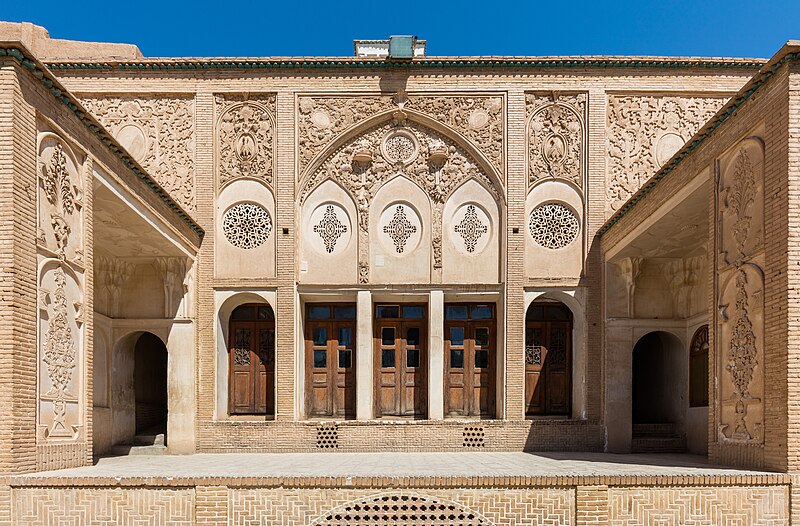
Current Average House Prices In Tehran
Real estate in Tehran is highly variable. Buyers need to understand the average price per sq. meter. Prices in Tehran are expected to average around 500,000,000 IRR ($1,180) by 2023. Affluent areas like Zafaraniyeh or Elahieh will command significantly higher prices. To match their budget to location preferences, buyers must consider districts.
Real Estate Market in Iran: Impact of Inflation
The main driver behind the real estate market in Iran is inflation. Construction costs and real estate values are on the rise as inflation is expected to reach 40% by 2022. This means that buyers should plan for constant price increases and consider real estate as an investment against currency devaluation.
Government Housing Initiatives in Iran
Programs under the National Housing Initiative seek to address the housing shortage by providing middle-class families with more reasonably priced dwellings. However, purchasers searching for properties at lower prices may find it difficult to navigate its bureaucracy. In order to fully benefit from these options, buyers must be aware of the eligibility conditions and payment plans.
Urban vs. The Rural Property Price in Iran
Property prices in urban areas such as Tehran, Mashhad and Isfahan are high, reflecting the economic activity of these cities and their amenities. Small towns and rural areas offer more affordable housing options. Gilan Villas are often more affordable than comparable properties in Tehran. When choosing this property, buyers should take into consideration their investment and lifestyle goals.
Legal Considerations for Buying Property in Iran
To make a successful investment in Iran, you must be familiar with Iran’s laws on property. This will help to prevent scammers and unclear title. The steps to take include verifying property titles, checking for outstanding debts and hiring an Iranian-trained attorney.
Iranian Households: Cultural Preferences
Housing designs and buyer’s choices are heavily influenced by cultural norms. Demand for large traditional houses that can accommodate multiple generations of families has increased. Younger buyers prefer compact, modern apartments in cities. Prioritize properties that are in line with your family’s lifestyle and family structure.
Negotiation Strategies to Purchase Property in Iran
Negotiation is the key in Iran to getting a good deal on real estate. Understanding the motivations of sellers and building a relationship can lead to better deals. Timing is also important. You can get significant discounts by purchasing at times of low demand.
The Future of the Iranian Housing Market
Demographic changes and technological advances shape Iran’s real estate market. The younger buyers prefer smaller and more affordable houses, while energy-efficient properties, eco-friendly homes, and environmentally friendly ones are becoming increasingly popular.
Finance and Mortgage Options Available in Iran
Iran may not offer as developed of a mortgage market as other countries do. However there are financing options through government programs and banks available. Understanding interest rates, terms of repayment agreements and eligibility requirements to effectively manage costs efficiently. Explore all your available options so that homeownership becomes more affordable!
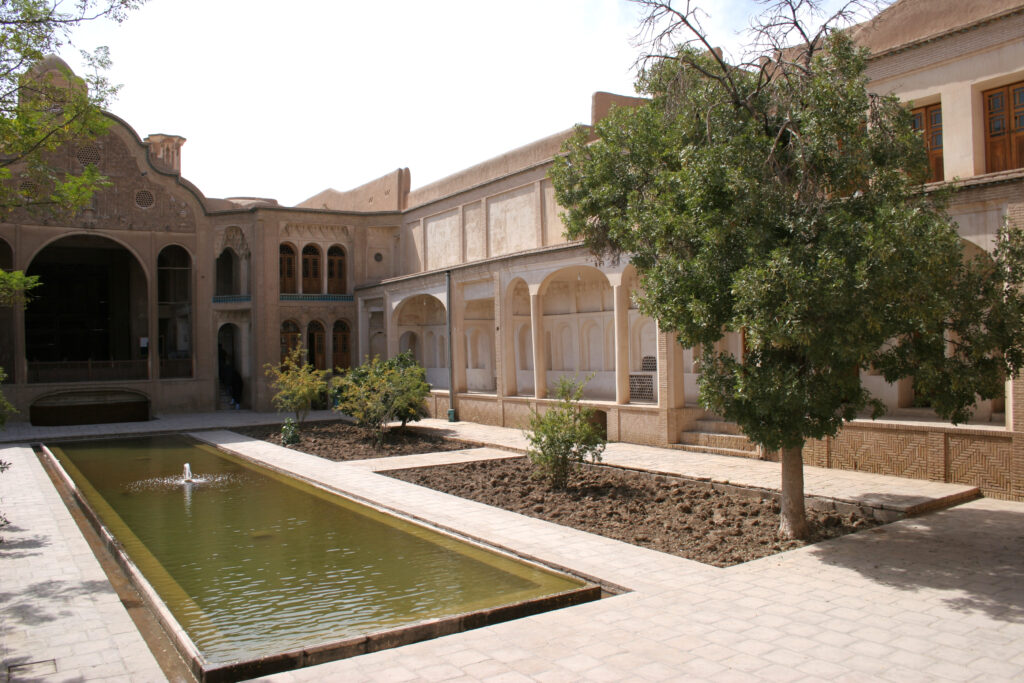
Conclusion
For buyers, the Iranian real estate market offers both opportunities and challenges. To make informed decisions, it is important to be aware of cultural influences, economic factors and legal procedures. By using negotiation skills and staying up-to-date with market trends, buyers can get the property they want.
The purchase of a property is not just a financial decision, but one that involves emotions. I have learned from my experiences that it is important to find a balance between the practical and emotional aspects of a home. Preparation and perseverance are key whether you want to invest in Tehran’s busy market or find tranquility in rural Iran. These insights will help you navigate the Iranian market better and realize your dream of owning a home.
FAQs
How much does a house cost per square meter on average in Tehran?
As of 2023, the average price in Tehran will be around 500 million IRR ($1,180)per square meter .
What is the impact of inflation on Iran’s property market?
ReaIran’sl estate is a good hedge against the devaluation of currencies because inflation drives up property prices and construction costs.
Is there a government program to assist with the purchase of a home in Iran?
Housing is affordable, particularly for families with middle incomes, thanks to initiatives such as the National Housing Initiative.
Property in rural areas is cheaper than in urban centres?
Prices in Gilan, for example, are lower.
What are the legal issues that buyers of Iranian goods should be aware of?
Legal experts can help buyers avoid fraud by ensuring that they have clear titles to their property, checking deeds and avoiding fraudulent sellers.
What features are most desired in Iranian houses?
Younger buyers prefer modern, compact apartments in cities, while larger-family homes are still popular.
What are the best ways to negotiate property prices with buyers in Iran?
Understanding the motivations of the seller, selecting the best timing and building rapport are all important to a successful negotiation.
Is there a mortgage available for Iranian home buyers?
Some banks and government-sponsored programs do offer mortgages, but only in limited quantities.
How can you find affordable Housing in Iran?
The first step is to research market trends. Next, consider suburban and rural options. Finally, take advantage of government programs.

